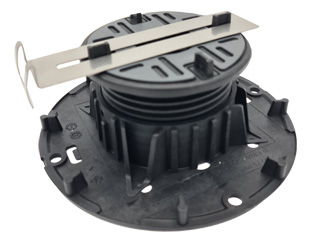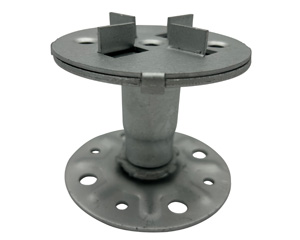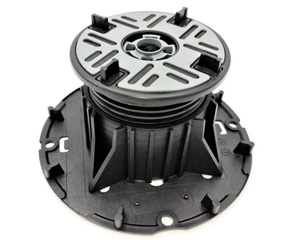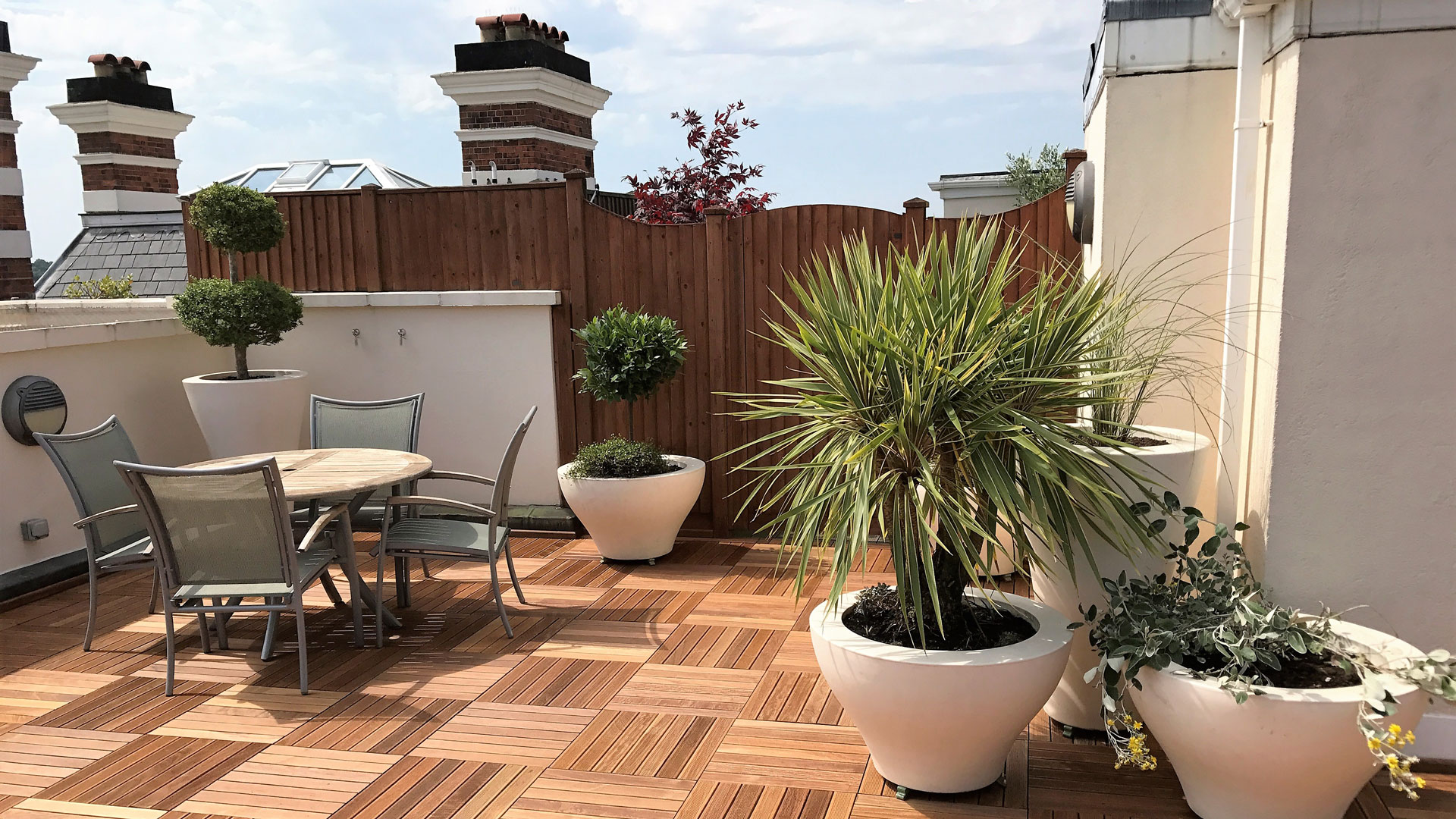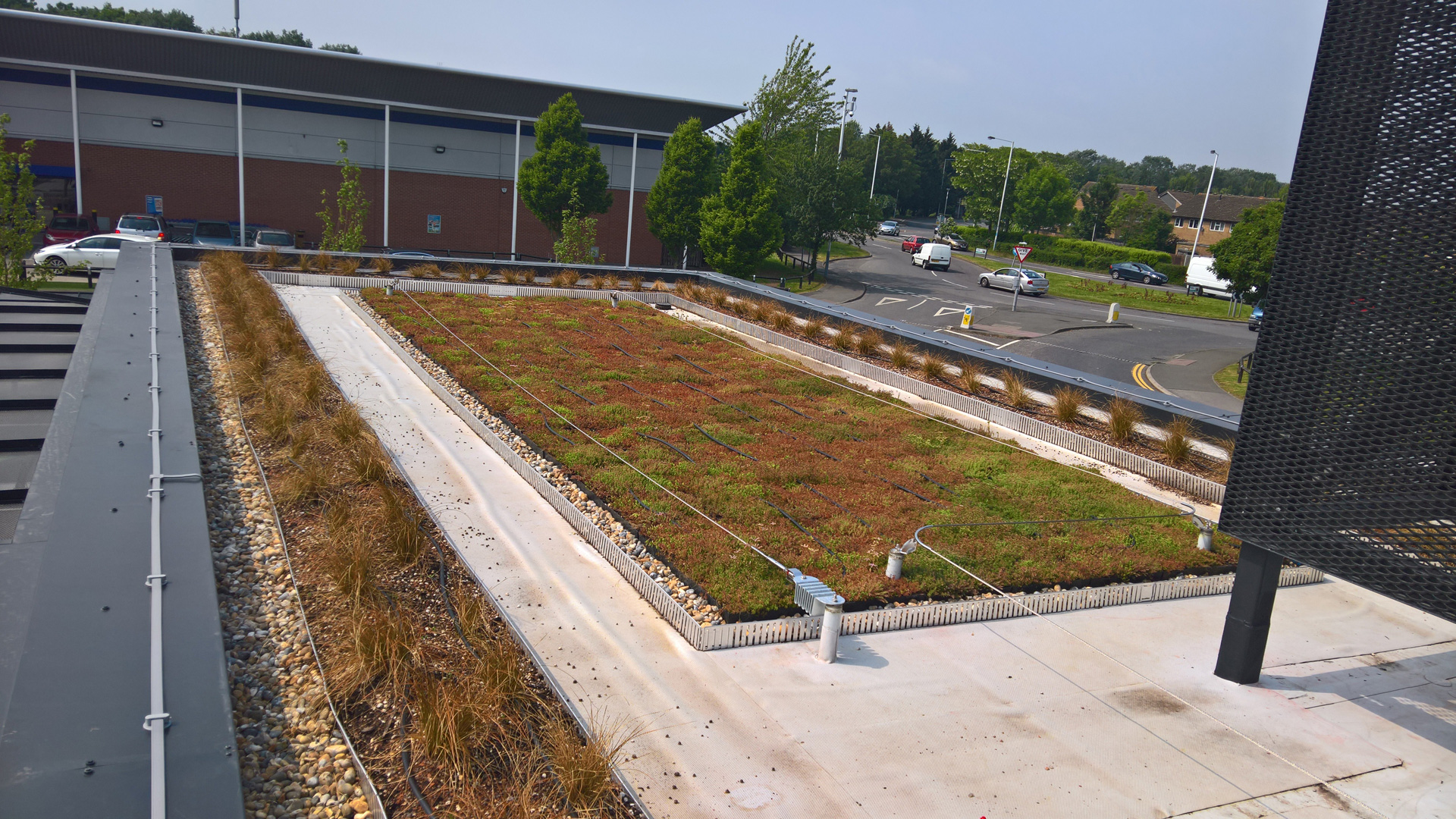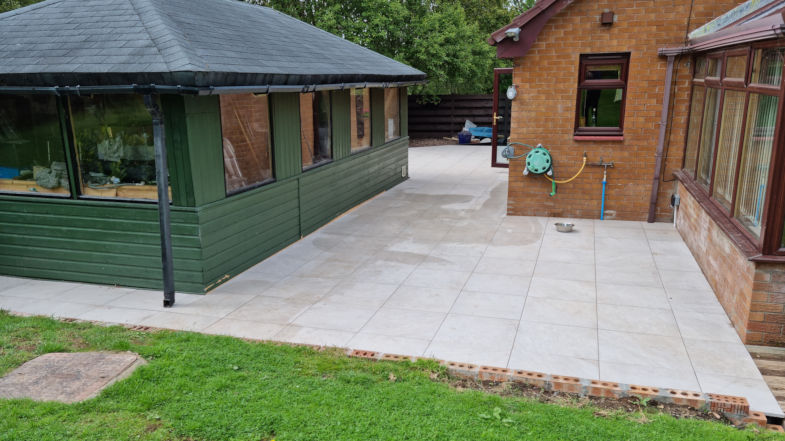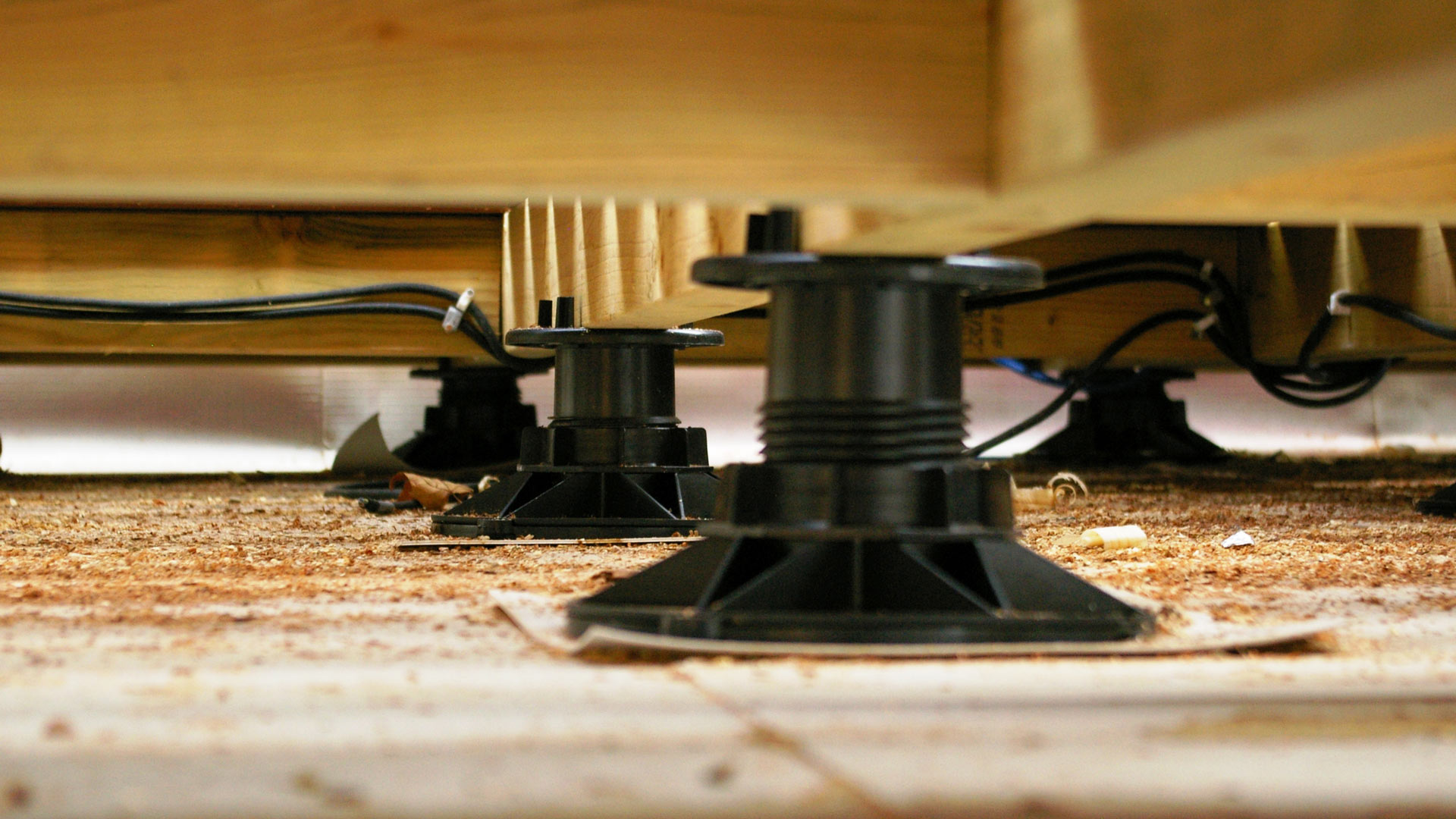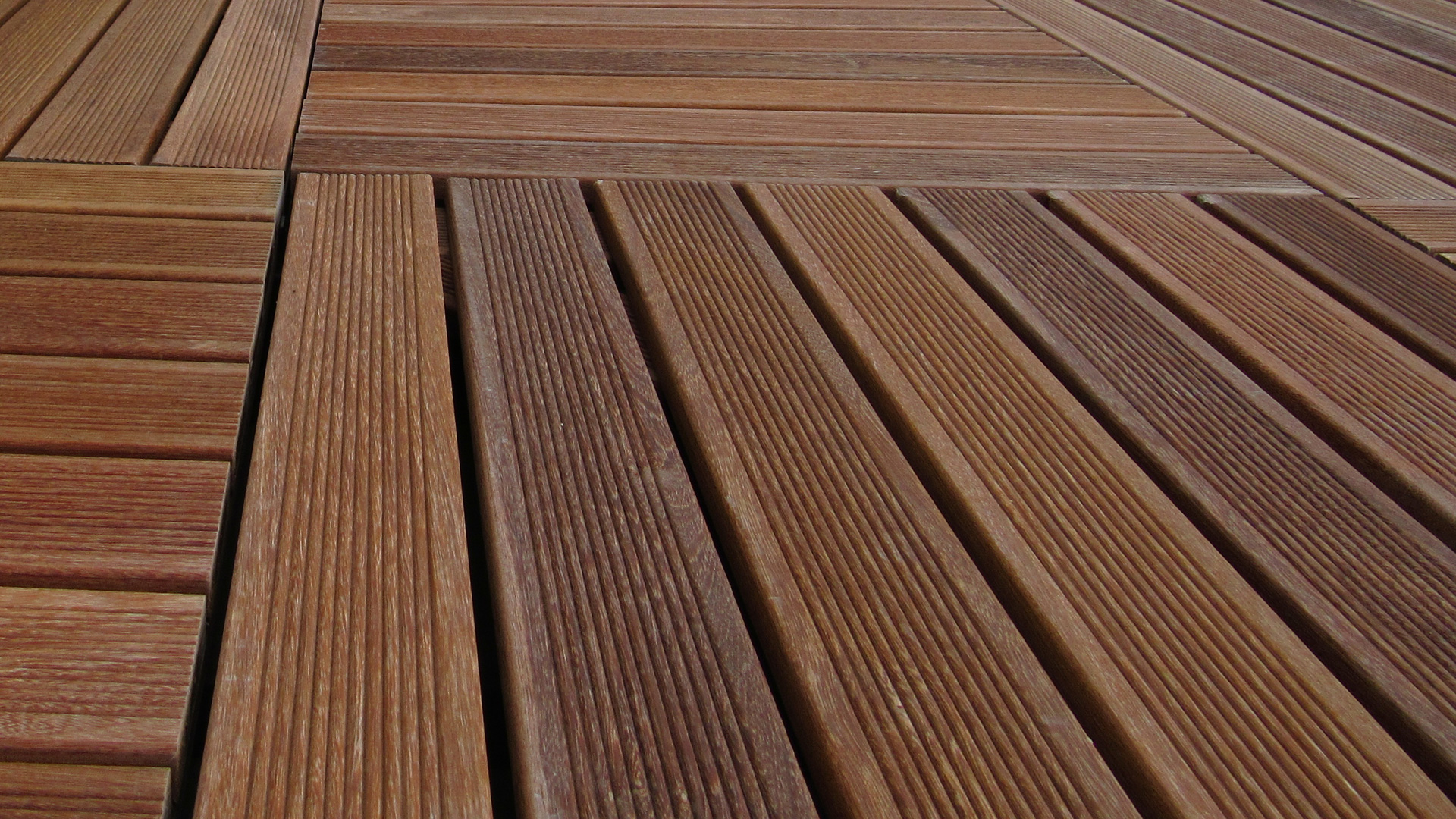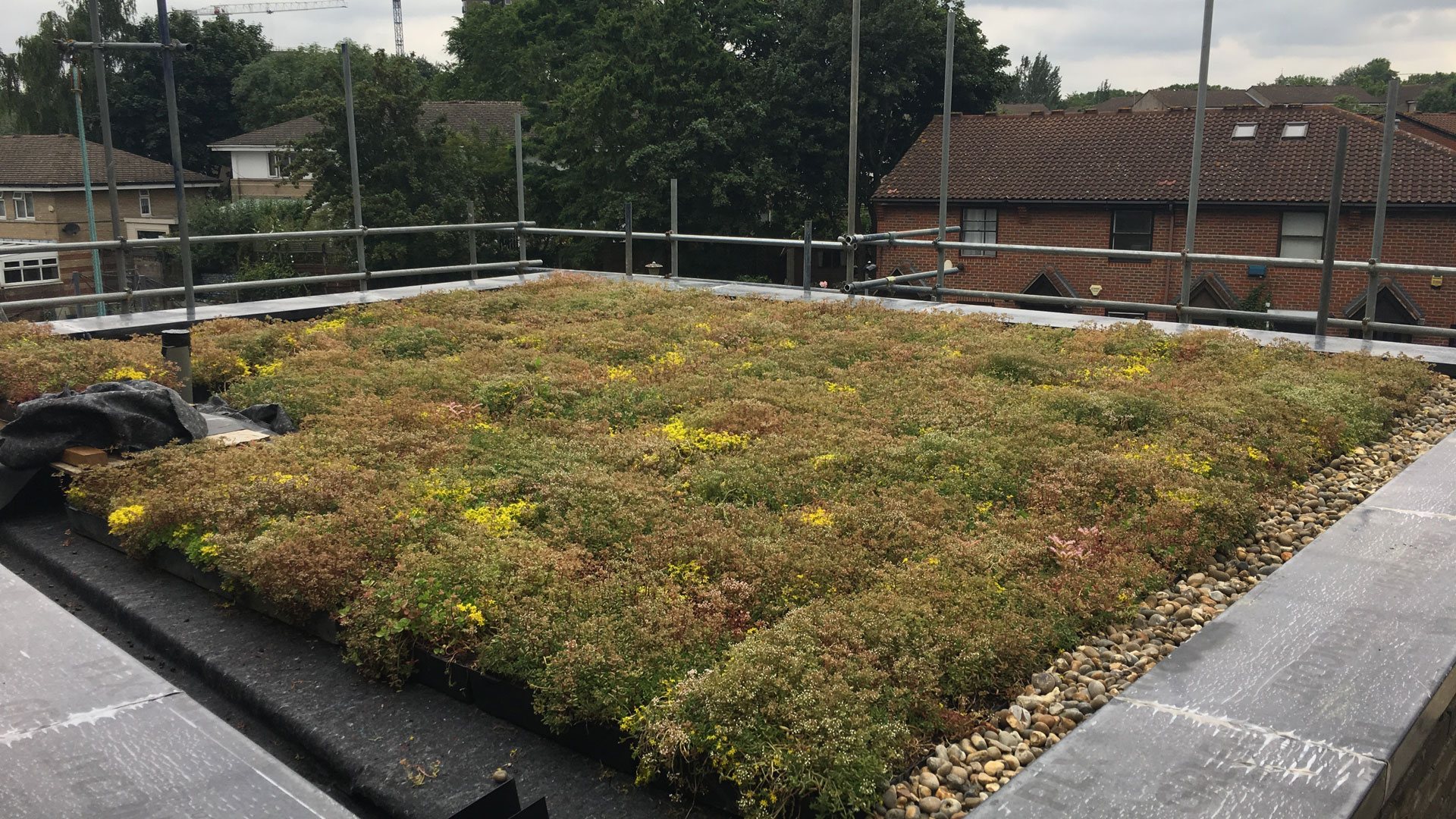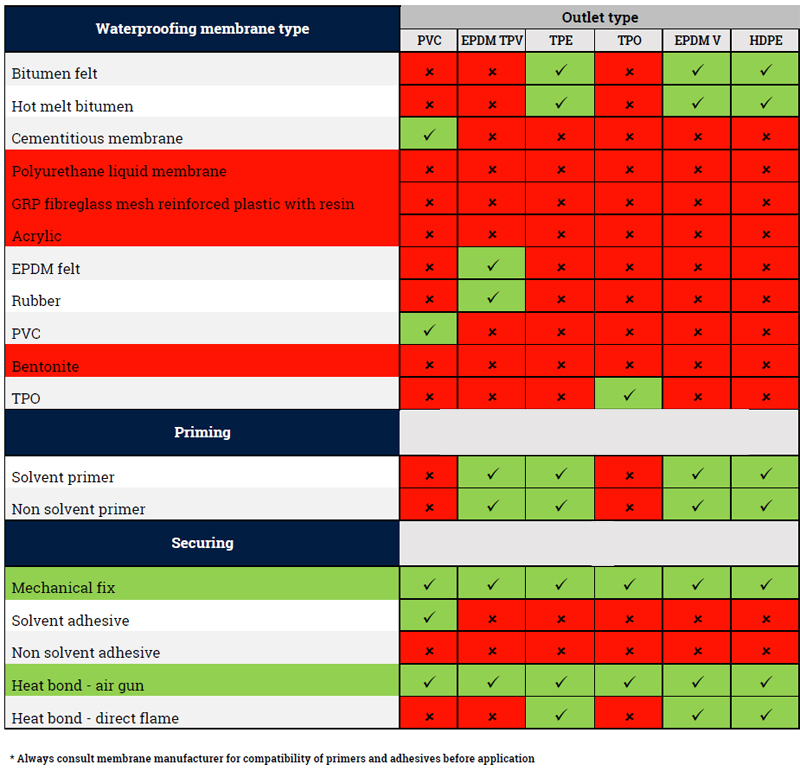New legislation was introduced on 21st December 2018 which specifically relates to the fire requirements of external balconies in England and Wales.
For the first time, balconies are now counted as part of the external wall and classified as a “specified attachment”. For building works which commenced after 20th February 2019, the following now applies:
The construction of either:
new buildings which are:
- over 18m, and
- in which people sleep; or
for the refurbishment of existing buildings where:
- changing the cladding would result in lower safety (i.e. recladding over concrete), or
- the building is changing in use
then the new legislation indicates that all components of the wall must be individually tested as non-combustible (European Classification A2-s1, d0 (limited combustibility material) or A1).
Significantly there is no longer the ability to test a complete wall (or therefore balcony) system using BS8414.
Introducing The MetalPad
At Wallbarn, we are pro-actively reacting to the changes in fire safety regulations to ensure compliance with our products.
Based upon our ASP design to help distribute weight effectively, we are currently developing a steel adjustable pedestal which will be a Class A1 product. Further details will be announced shortly.
Designed to meet the needs of a wide variety of both commercial and residential projects, our Class A1 product will be a fully adjustable stainless steel pedestal to providing durability, strength & versatility where it is needed most.
Key Advantages Include:
- Suitable for paving slabs and timber decking
- Superior quality
- Suspended system
- Fully adjustable
Offering a similar base to our universal pedestal, we will provide different headpieces for both decking and paving to ensure maximum versatility.
Using stainless steel to ensure extreme temperature tolerance, we are developing this bespoke product from scratch and it will be subject to extensive independent testing to ensure that it is fit for purpose.
What do A1 and A2 ratings mean?*
The government’s official guide to rules on fire safety – Approved Document B – defines products achieving an A1 classification as non-combustible and products achieving an A2 classification as being of limited combustibility. A-class products – those classified A1 and A2 – make no significant contribution to fire growth while products with a rating of B-F are classified as combustible.
The European Classification system for combustibility classifies construction products using a series of tests. Class A materials have the best performance in a fire and are divided into two sub-classes, Class A1 and Class A2.
Class A1 – Products are described as having no contribution to fire at any stage. The BS EN 13501-1 test sets several thresholds for combustion performance when tested to both EN ISO 1716 and EN ISO 1182. One of these thresholds is a maximum heat of combustion of 2MJ/kg. Typical products meeting this classification include most inorganic materials such as metal, stone, and glass.
Class A2 – Products are described as having no significant contribution to fire at any stage. BS EN 13501 sets several thresholds for combustion when tested to EN ISO 1182, or both EN ISO 1716 and EN 13823. One of these thresholds is a maximum heat of combustion of 3MJ/kg. A typical product meeting this classification is plasterboard.
An A2 certified product has higher combustibility and can sustain flame for no more than 20 seconds. In contrast, A1 has lower combustibility and no sustained flaming when tested.
*These definitions were taken from the Architects Journal, please click here for the full details.


